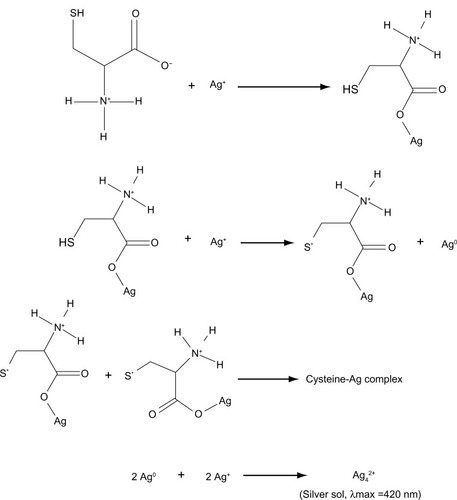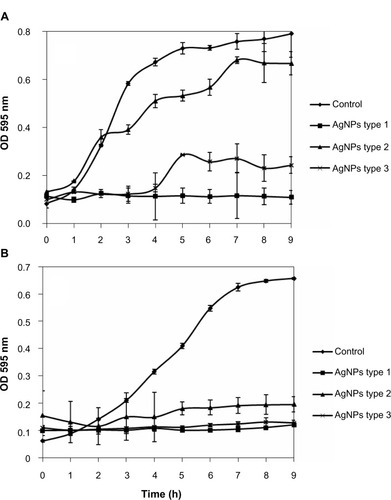Figures & data
Figure 1 Characterization of AgNPs synthesized by cysteine reduction at low agitation (200 rpm) for 1 hour. (A) TEM images; (B) DLS; (C) UV-Vis spectrum; (D) zeta potential at pH =7.0; (E) DLS of AgNPs after 3 months of synthesis; (F) zeta potential at pH =7.0 after 3 months of synthesis.
Abbreviations: AgNPs, silver nanoparticles; DLS, dynamic light scattering; TEM, transmission electron microscopy.
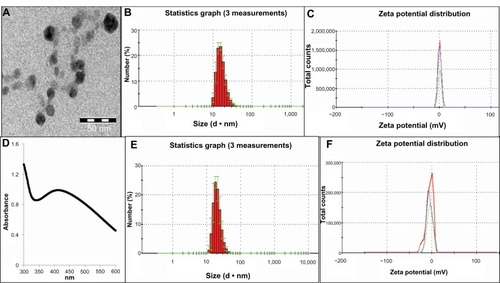
Figure 2 XRD spectra for the three samples of AgNPs.
Abbreviations: AgNPs, silver nanoparticles; XRD, X-ray diffraction.
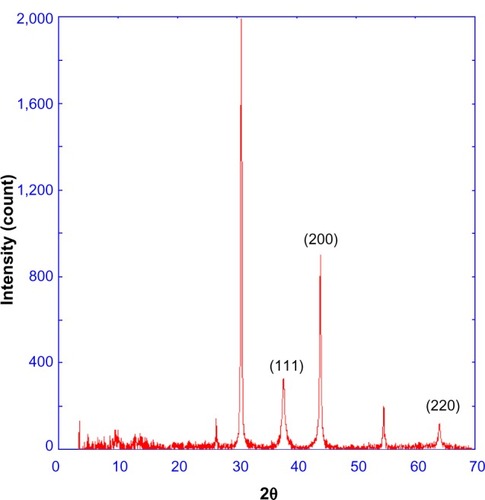
Figure 3 Sedimentation of AgNPs at different times. AgNPs were synthesized by cysteine reduction at high agitation (800 rpm) for 4 hours. (A) 1 day; (B) 8 days; (C) 15 days; (D) 30 days.
Abbreviation: AgNPs, silver nanoparticles.
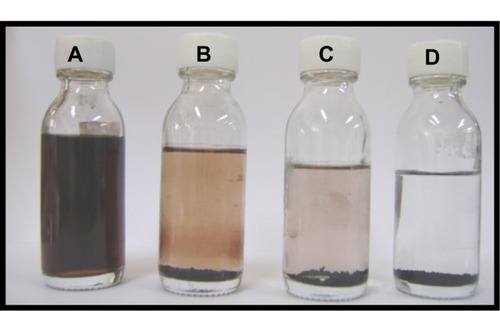
Table 1 Characterization of AgNPs synthesized by cysteine reduction at different reaction conditions at pH =4.0
Table 2 Characterization of AgNPs synthesized by cysteine reduction at different reaction conditions at pH =7.0
Table 3 MIC of AgNPs against Escherichia coli O157:H7 and MRSA determined by the microdilution method
Table 4 Inhibitory activities of AgNPs against Escherichia coli O157:H7 and MRSA
Figure 4 Microbial growth kinetics of Escherichia coli O157:H7 in the presence of AgNPs synthesized by cysteine reduction at different conditions. (A) Type 1; (B) Type 2; (C) Type 3.
Abbreviations: AgNPs, silver nanoparticles; OD, optical density; h, hours.
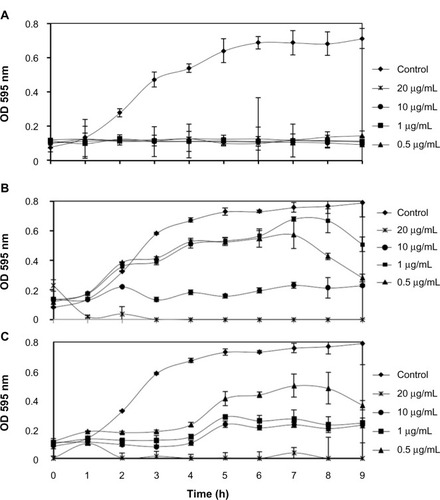
Figure 5 Microbial growth kinetics of MRSA in the presence of AgNPs synthesized by cysteine-reduction at different conditions: (A) Type 1; (B) Type 2; (C) Type 3.
Abbreviations: AgNPs, silver nanoparticles; MRSA, methicillin-resistant Staphylococcus aureus; h, hours; OD, optical density.
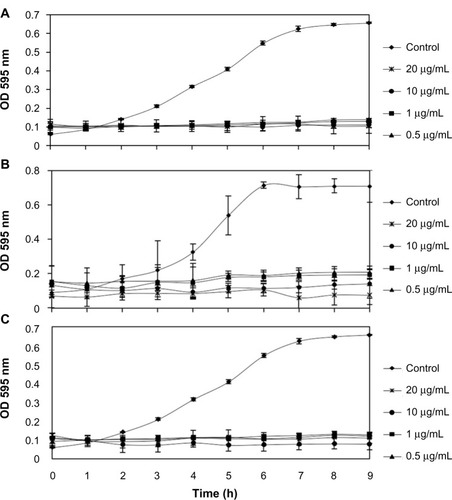
Figure 6 Tests of diffusion discs showing antimicrobial activity against Escherichia coli O157:H7 and MRSA of nanoparticles synthesized at different conditions. AgNPs were used at 10 μg/ml. (A) Type 1; (B) Type 2; (C) Type 3.
Abbreviations: AgNPs, silver nanoparticles; MRSA, methicillin-resistant Staphylococcus aureus.
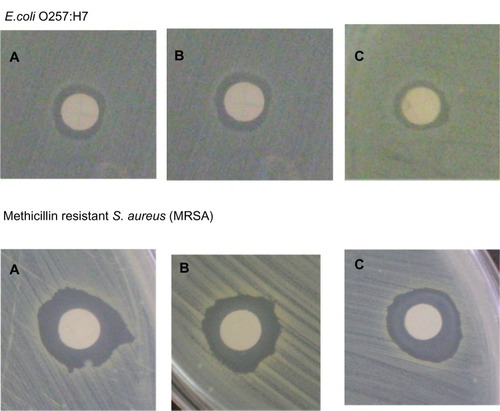
Table 5 MBC of AgNPs against Escherichia coli O157:H7 and MRSA


